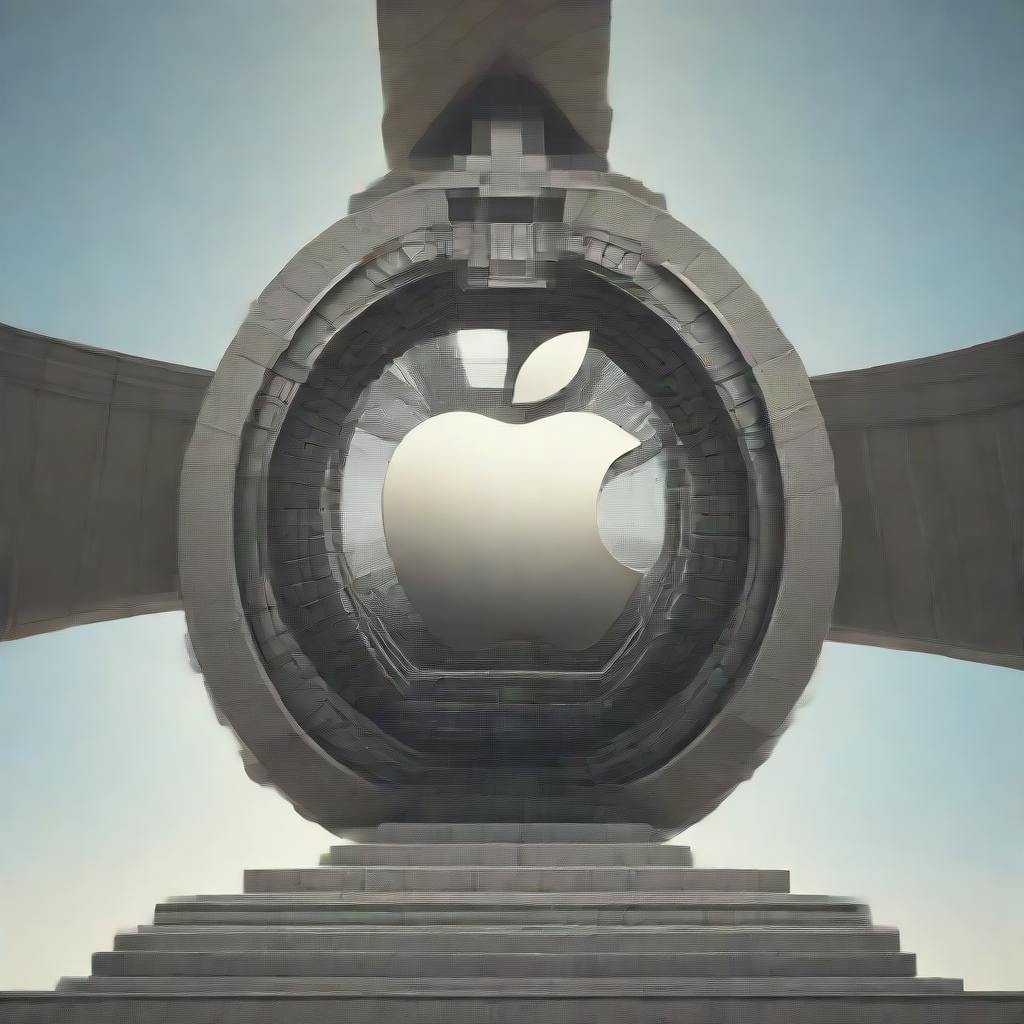United States v. Apple INC Court Filing, retrieved on March 21, 2024 is part of HackerNoon’s Legal PDF Series. You can jump to any part in this filing here. This part is 22 of 25.
D. Fourth Claim for Relief, in the Alternative: Attempted Monopolization of the Smartphone Market in the United States in Violation of Sherman Act § 2
218. Plaintiffs incorporate the allegations of paragraphs 1 through 217 above.
219. Smartphones in the United States is a relevant antitrust market, and Apple has attempted to monopolize that market.
220. Apple has attempted to monopolize the smartphone market in the United States through an exclusionary course of conduct and the anticompetitive acts described herein. Each of Apple’s actions individually and collectively increased Apple’s market power in the smartphone market.
221. Apple’s anticompetitive acts include, but are not limited to, its contractual restrictions against app creation, distribution, and access to APIs that have impeded apps and technologies including, but not limited to, super apps, cloud streaming, messaging, wearables, and digital wallets. The areas identified in this complaint reflect a non-exhaustive list of recent anticompetitive acts but as technology advances, both the technologies impeded and the specific manner of impediment may shift in response to technological and regulatory change consistent with Apple’s past conduct.
222. While each of Apple’s acts is anticompetitive in its own right, Apple’s interrelated and interdependent actions have had a cumulative and self-reinforcing effect that has harmed competition and the competitive process.
223. In undertaking this course of conduct, Apple has acted with specific intent to monopolize, and to destroy effective competition in, the smartphone market in the United States. There is a dangerous probability that, unless restrained, Apple will succeed in monopolizing the smartphone market in the United States, in violation of Section 2 of the Sherman Act.
Continue Reading Here.
About HackerNoon Legal PDF Series: We bring you the most important technical and insightful public domain court case filings.
This court case retrieved on March 21, 2024, from justice.gov is part of the public domain. The court-created documents are works of the federal government, and under copyright law, are automatically placed in the public domain and may be shared without legal restriction.

